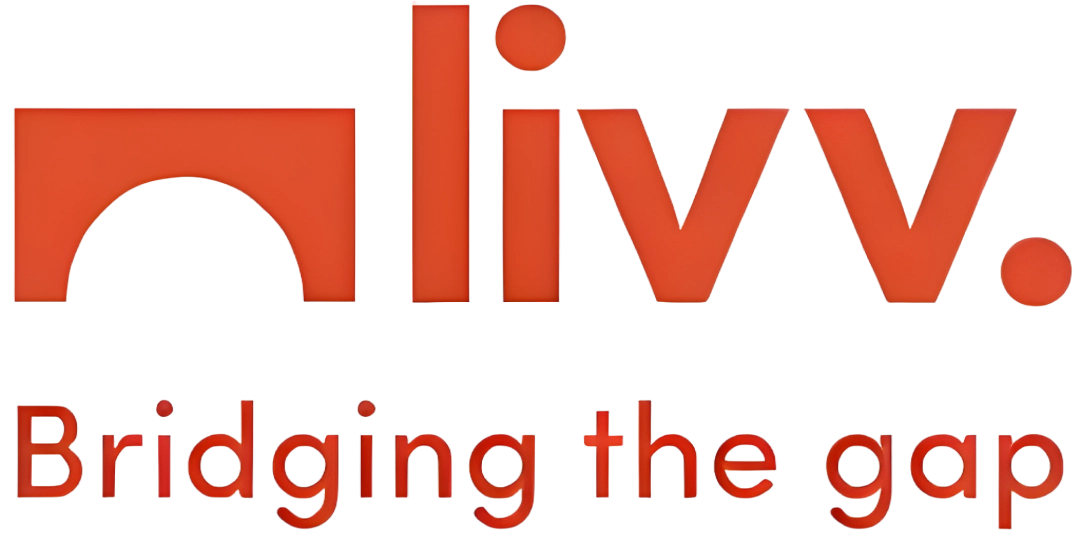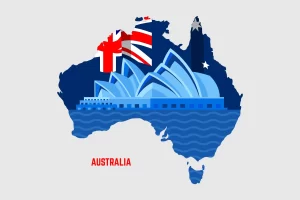The current structure of the visa framework is quite complex, comprising of eight visa subclasses, an assessment level framework and subsequent visa processing formalities and arrangements. The Australian Government has acknowledged the high impact of the international education on the economy and culture and is adamant to facilitate its growth by making the visa process for overseas genuine and eligible students easier.
For this purpose, a Simplified Student Visa Framework (SSVF) is being introduced in July 2016, replacing the Streamlined Visa Processing (SVP) which was in use since 2012. These changes are great news for international students as these will, in a nutshell, make their application process far easier. The two major changes are:
1. The number of student visa classes will be reduced from eight to two.
2. A simplified single immigration risk framework will be introduced for all international students.
These changes aim to navigate the genuine and the most eligible students in a much better and comprehensive way. It further promises to deliver a better-targeted approach to the integrity of immigration. Coupled with this, an equal level would be established for all the education providers, and this leaves out any discrimination behind.
Under the SSVF, the total of the immigration risks of the education provider will be used, and the country of citizenship will be consulted for guiding the extent of the documentation for the final capacity and English proficiency of the student, which is a requirement when the student applies for the Visa.
Furthermore, it relieves the student of the obligation to apply for one student visa subclass which would apply to their level of study. Now under this Simplified Student Visa Framework, there is just one student visa subclass for which all the imminent students will apply.
The SSVF will provide faster and simpler processing for the low-risk cases. It also provides the opportunity to all the providers, and not just those linked to SVP. It also provides benefit to all the education providers for assessing the students’ bona-fides, which also entails taking responsibility for their immigration acquiescence. A provider risk rating based on the students will also be included, so it makes things easier for the students when applying from for a transfer from one sector another within the same provider, and he/she would not have to apply for a new visa subclass for this purpose.
Keeping all the changes aside, the SSVF still requires GTE, and a necessity of meting all the health and character conditions. The Department can also inquire for more documents, if a need rises.
Summing it all up, SSVF will boost the international education, benefit the reward providers and remove the long existence of anomalies and red tape.






